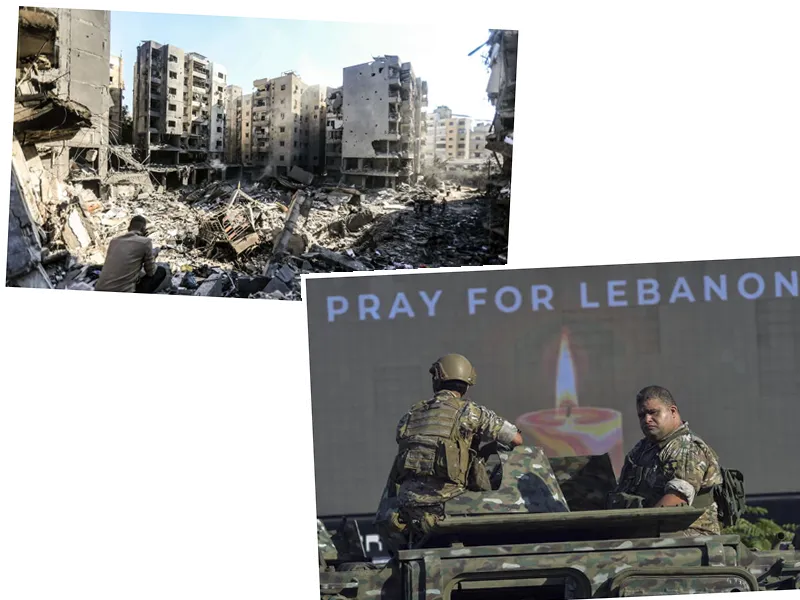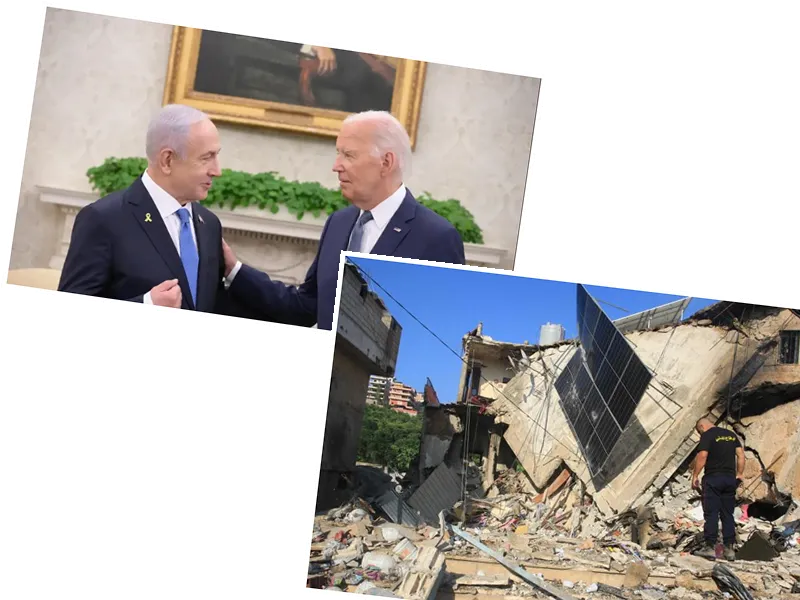Israel-Hamas Conflict: Airstrikes on UN Schools Result in High Casualties
In a series of recent airstrikes, the Israeli military has reportedly targeted a UN school in the Gaza Strip, claiming the lives of many and reigniting international criticism. According to the Israeli army, these actions were aimed at eliminating terrorists hiding within the school premises. The attack, which took place in the Nuseirat refugee camp, resulted in multiple casualties. The Israeli Defense Forces (IDF) stated they had eliminated 17 terrorists, with additional identities being verified.
The strike led to a significant loss of life, including 35 people, according to Philippe Lazzarini, the head of the UN Relief and Works Agency for Palestine Refugees (UNRWA). Hamas has disputed these figures, accusing Israel of spreading false information and claiming that the death toll included 14 children and other non-combatants. The Israeli military defended its actions, with Rear Admiral Daniel Hagari stating that intelligence had identified terrorists in the school, some of whom were involved in the attacks on October 7th that sparked the current conflict.
Civilian Casualties and International Reactions
The strike has been heavily criticized by international observers and humanitarian organizations. UN Secretary-General Antonio Guterres condemned the attack, describing it as a "terrifying example of the price paid by civilians." He emphasized that attacking or using UN facilities for military purposes is a severe violation of international humanitarian law. The attack reportedly occurred without any prior warning, according to UNRWA, which had been housing around 6,000 displaced individuals at the school.
Al-Aqsa hospital in Deir al-Balah, near Nuseirat, reported 37 fatalities, further illustrating the devastating impact on civilians. The situation in Gaza continues to deteriorate, with both sides engaged in intense fighting, leading to substantial civilian casualties. More than 36,700 Palestinians have been killed since the conflict began, as reported by the Gaza Ministry of Health under Hamas. The majority of these casualties are civilians, which has fueled calls for a ceasefire from various international actors.
Efforts Towards a Ceasefire
Amidst the ongoing conflict, efforts for a ceasefire are being mediated by the USA, Qatar, and Egypt. Negotiations have been ongoing, with US President Joe Biden presenting a new three-step roadmap aimed at ending hostilities. This plan includes a full ceasefire, withdrawal of Israeli forces from inhabited areas, and the release of hostages and prisoners on both sides. Although previous attempts at negotiation have been challenging, there is hope that these new efforts could lead to a lasting peace agreement.
Representatives from Qatar and Egypt have been meeting with Hamas officials to discuss these proposals, and CIA Director William Burns is also expected to join the talks. The primary goal is to achieve a comprehensive cessation of aggression and to establish terms for a long-term ceasefire. Hamas has stated that any ceasefire agreement must include a full Israeli withdrawal from Gaza and the release of Palestinian prisoners, conditions that they are firm on as negotiations continue.
- The conflict, which began on October 7th with an attack by Hamas, has led to a tragic and ongoing humanitarian crisis. The violence has resulted in the deaths of over a thousand individuals and the captivity of numerous hostages.
- Israeli military operations have focused heavily on preventing further terrorist activities, often targeting facilities allegedly used by Hamas for military purposes. This has included strikes on schools and hospitals, which Israel claims are being used as shields by Hamas.
- The international community remains divided on the conflict, with some condemning Israel's military tactics and others blaming Hamas for endangering civilians by embedding within populated areas. Efforts to reach a ceasefire continue, but the road to peace remains fraught with challenges.






